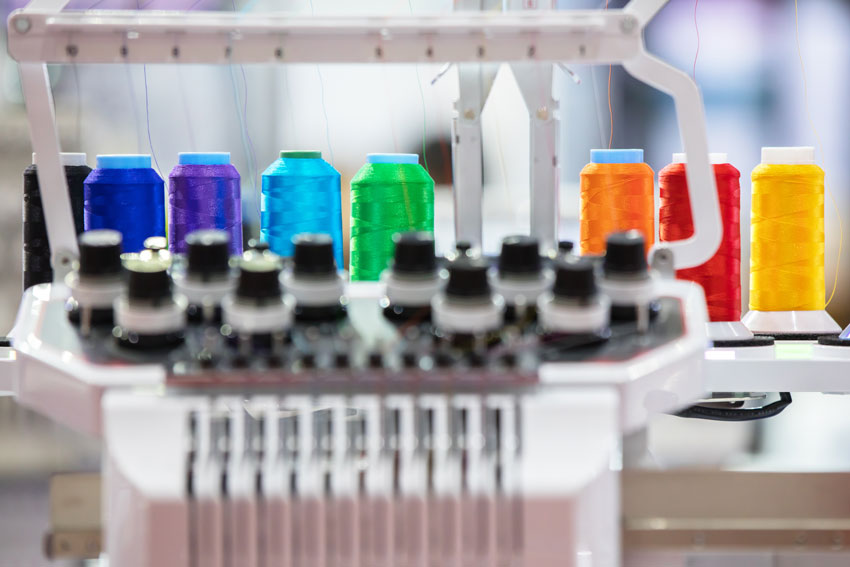Sustainability and the Textile Industry
Conclusion
Sustainability has become an increasingly important aspect of architecture and design, and it can be addressed in just about every aspect of the built environment. As a growing trend, sustainability is slowly shifting from a reactive response to a set of government regulations to a proactive approach for growing a changing business through more efficient operations, reduced resource use, and overall reduced costs. In some cases, it may even spark innovation that results in new sustainable products.
With resource-intensive industries such as textile manufacturing, a sustainable approach to business practices can make a huge difference at every stage of the process. Whether a company uses a life-cycle assessment to help reduce water use during manufacturing or optimize a product for recyclability instead of landfill disposal, the opportunities to improve the sustainable nature of the industry are increasing every day.
References
1“Sustainable Development.” International Institute for Sustainable Development. Web. November 2017.
2“Learn About Sustainability.” U.S. Environmental Protection Agency. Web. November 2017.
3Sustainability and the U.S. EPA (2011). The National Academies Press. Web. November 2017.
4The History of the Automobile and the Impact on Society. Project by New Vista High School students. Web. November 2017.
5Matulka, Rebecca. “The History of the Electric Car.” U.S. Department of Energy.15 Sept. 2014. Web. November 2017.
6"Sustainability." American Institute of Architects. Web. November 2017.
7Kasden, Benjamin. “Wellness Design, The Next Sustainable Strategy." Professional Builder. 18 Feb. 2016. Web. November 2017.
8“Manufacturing.” Environmental Leader. Web. November 2017.
9Martin, Shelly. “Design for Sustainability.” Textile World. 15 Feb. 2016. Web. November 2017.
10Driving Performance and Transparency in Green Building Products and Materials. Underwriters Laboratories. Web. November 2017.
11“What is an EPD?” The International EPD System. Web. November 2017.
12“Cradle-to-cradle design.” Wikipedia. Web. November 2017.
13RCRA in Focus: Construction, Demolition, and Renovation. U.S. Environmental Protection Agency. September 2004. Web. November 2017.
14Fathy, A. “Sustainable textile materials in interiors”. Web. November 2017.
15“Cotton Farming – Cotton: a water wasting crop." World Wildlife Federation. Web. November 2017.
16"AB 1158 (Chu): California Carpet Stewardship Act." Web. November 2017.
Rebecca A. Pinkus is an independent communication consultant, writer, and editor focusing on the intersection of technology, environment, and human health. She has contributed to more than 35 continuing education courses and publications through Confluence Communications. www.confluencec.com

|
For more than 30 years, Bentley Mills Inc. has defined design, color, quality, and customer service in the commercial carpet industry. Our California-based brand manufactures and markets award-winning broadloom, carpet tile, and area rug products for interiors across the globe. www.bentleymills.com |









